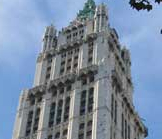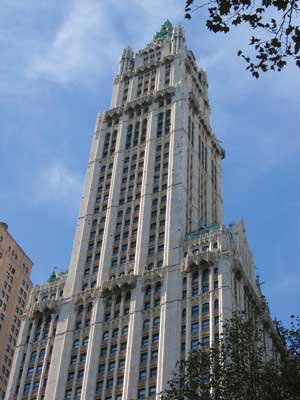 How does design reflect the way we engage with the world? Design and Truth (Yale University Press, 2010), a new book by emeritus professor Robert Grudin, explores the relationship between our creations and political and economic power.
How does design reflect the way we engage with the world? Design and Truth (Yale University Press, 2010), a new book by emeritus professor Robert Grudin, explores the relationship between our creations and political and economic power.
 Grudin's main thesis: that design holds both psychological and moral power over us.
Grudin's main thesis: that design holds both psychological and moral power over us.
In his own words: “Good design enables honest and effective engagement with the world. Conversely, poor design is almost always symptomatic of a fraudulent and exploitative strategy of production.” To make his argument Grudin looks to a myriad of human-made designs—from the Japanese tea ceremony to motorcycle engines to Thomas Jefferson’s Monticello.
Grudin highlights the Woolworth Building (1913) (pictured at right) and the Seagram Building (1958) as illustrations of skyscrapers at their best, inviting us “to rise above the otherwise crushing power of mass interactions.” Despite their size Grudin sees their elegance as softening the sense of a giant corporate conglomerate their structure might otherwise represent.
Not so, writes Grudin, in the case of the World Trade Center, which he describes as just “too big.” About the architect (Minoru Yamasaki), he writes: “Without meaning to, he drew the rhetorical curtain away, laying bare, behind the blandishments of masonry, the operations of faceless power.” Grudin credits this representation of overwhelming power as part of the reason the towers received widespread criticism as an architectural statement.
Grudin was a professor of English at the UO until his retirement in 1998. Design and Truth is the latest among several books Grudin has authored, two of which have been nominated for the Pulitzer Prize.
—Patricia Hickson




 A new course will provide UO students with mobile smart phones and a mission: to build smart-phone apps.
A new course will provide UO students with mobile smart phones and a mission: to build smart-phone apps.
 Two CAS faculty members have been honored with the 2011 UO MLK Award.
Two CAS faculty members have been honored with the 2011 UO MLK Award. Petrarch is not only going digital at the UO, but musical as well.
Petrarch is not only going digital at the UO, but musical as well.